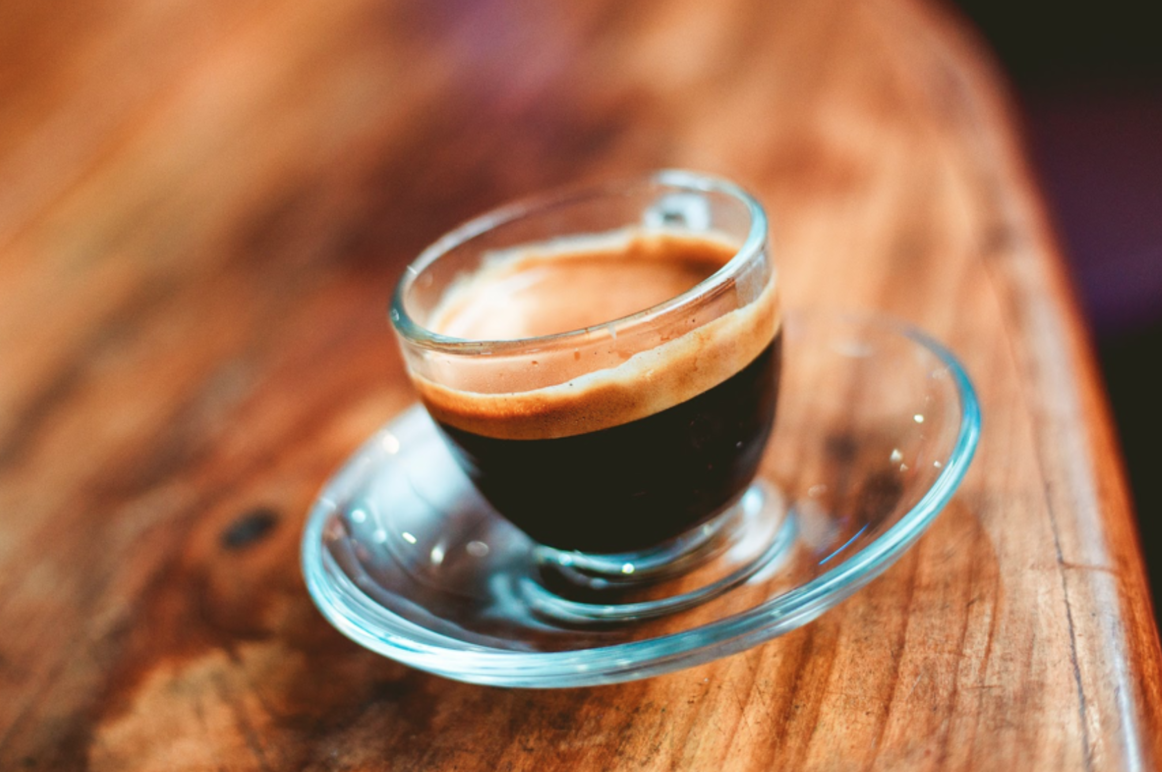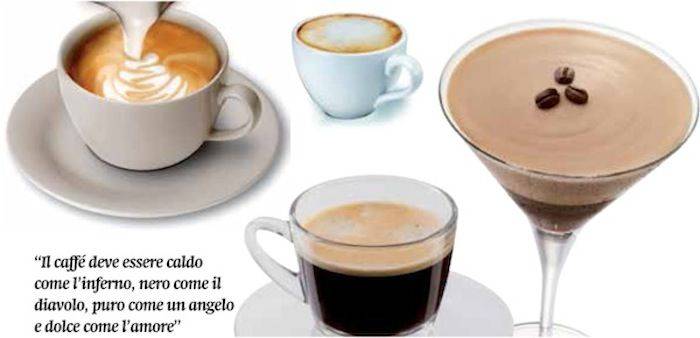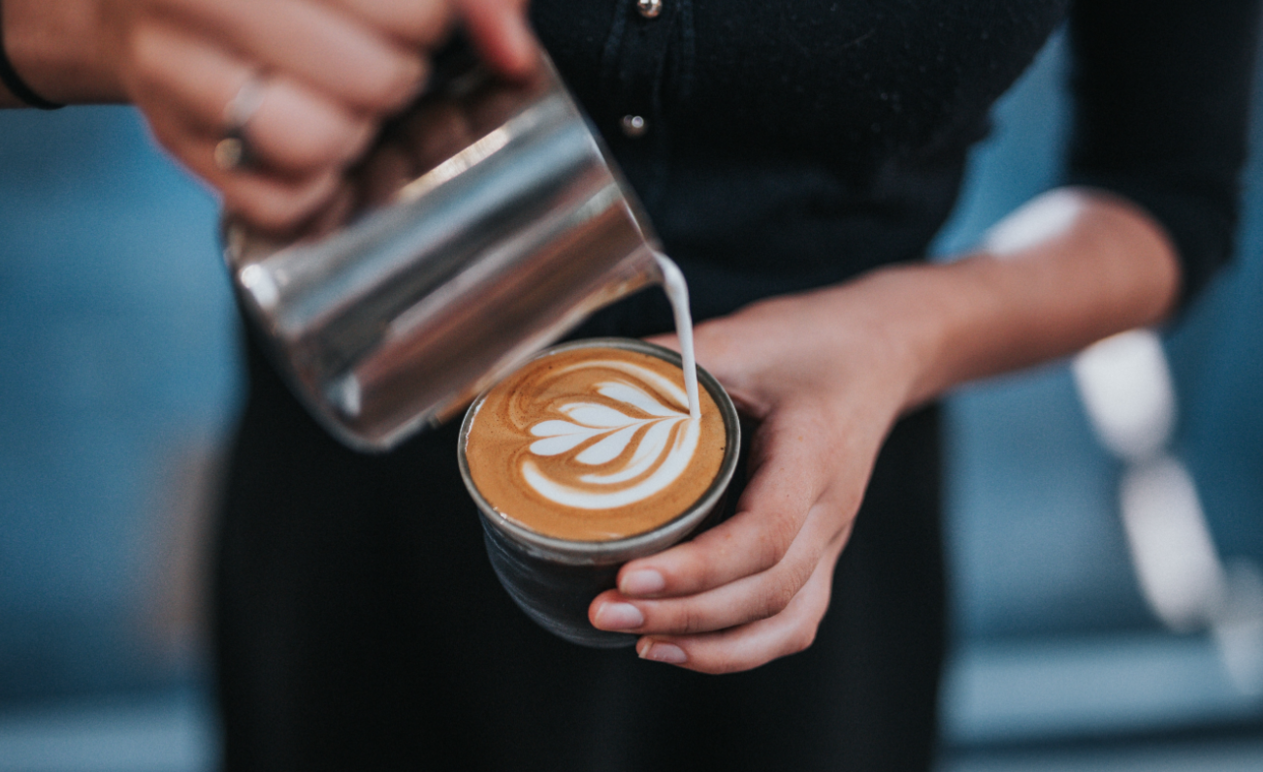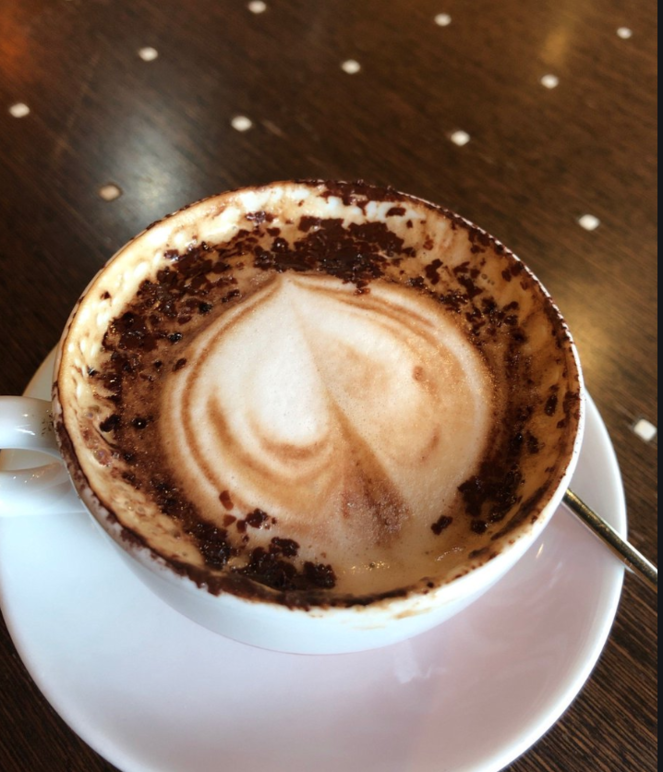Do You Speak Espresso?
Italy serves espresso in dozens of ways—from short shots (caffé ristretto) to “long,” from espresso with a touch of milk (caffé macchiato) to a glass of milk with just a dash of espresso (latte macchiato) to the in-between (caffélatte).
Many Italians prefer their espresso al vetro, served in a glass, partly because it allows you to see the gorgeous dark brew and frothy, caramel-colored crema.
One of Italy’s most popular ways to make iced coffee is shakerato. Pour a shot of hot espresso and ice, mix it in a shaker, then strain it into a martini glass. The espresso should be freshly brewed to preserve the aroma and flavor. Espresso and ice can be mixed in an electric mixer for a frothier frappé shakerato. My favorite is made by a barista named Paolo at the Café Rivoire in Florence. He lines the glass with cocoa powder so that, when he pours in the frothy iced coffee, the drink has a lovely decoration.
Ways to enjoy espresso with a hint of chocolate in Italy In the Tuscan seaside town of Tonfano espresso is served in chocolate-edged mini wafer cones.
The marocchino was invented in the 1930s in the town of Alessandria, in Piedmont, home to famed Italian hat makers. The drink is named after the rich brown Moroccan leather used at the time for making hatbands. The secret to making a marocchino is to use a dose of froth equal to the amount of espresso and add a generous layer of cocoa powder to divide the two layers. Bicerin is a decadently delicious concoction consisting of a bottom layer of thick hot chocolate topped with a shot of hot espresso and finished off with cool, softly whipped cream. Bicerin, which means ‘small glass’ in Italian, was invented at the Café Al Bicerin in Turin in the 1700s as an afternoon pick-me-up for its aristocratic female patrons. Echoes of the place’s history persist in the Café’s all-female employment policy, remarkably still enforced.
Owner Maria Costa explains, “Back in the 1700s only females were allowed to work in Cafè al Bicerin so that its lady clientele could visit un-chaperoned. We have kept that tradition for over 200 years.” With a twinkle in her eye, Ms. Costa adds, “We have also kept the formula for bicerin a secret for those 200 years!”
Italian Coffee Lingo Il caffé deve essere caldo come l’inferno, nero come il diavolo,puro come un angelo e dolce come l’amore — “Coffee should be hot as hell, black as the devil, pure as an angel, and as sweet as love.” In Naples you’ll often hear locals order un espresso con le tre C, with the three C’s. The C’s are code for comm cazz coce, an R-rated expression that refers to men’s anatomy and means “piping hot!” (and note that not just the coffee but the cup too is served so hot that it literally burns your lips).







































i-Italy
Facebook
Google+
This work may not be reproduced, in whole or in part, without prior written permission.
Questo lavoro non può essere riprodotto, in tutto o in parte, senza permesso scritto.